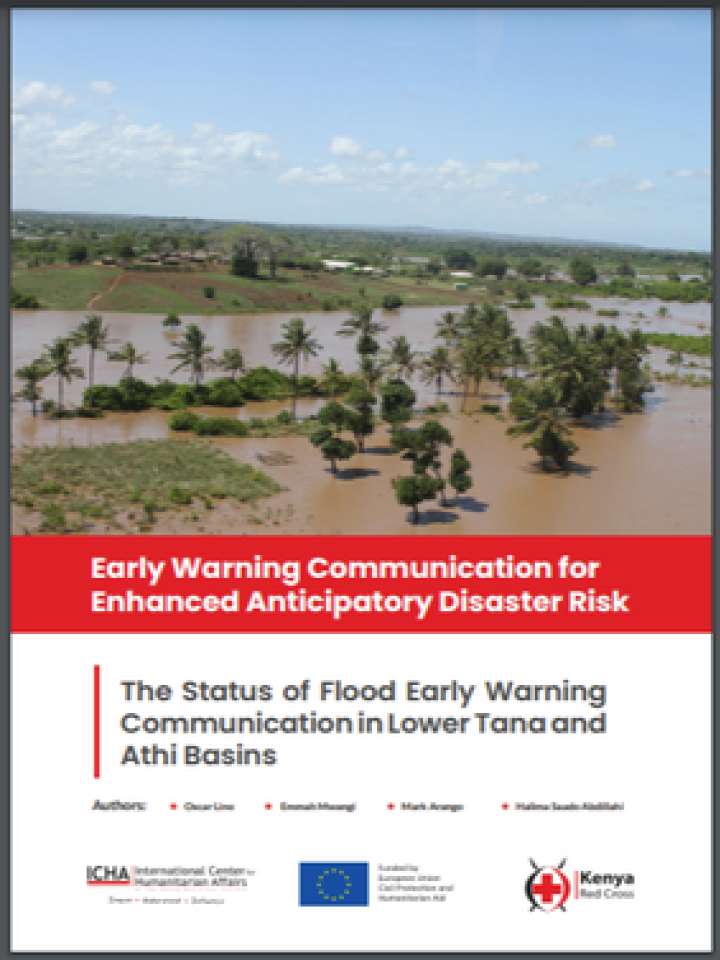Early warning communication for enhanced anticipatory disaster risk: the status of flood early warning communication in Lower Tana and Athi Basins
This paper seeks to investigate the current status of flood early warning communication in the three counties taking stock of the challenges, gaps and opportunities with an aim of strengthening of flood risk management. Tana River, Kilifi and Garissa counties experience flooding due to persistent heavy rainfall in the Mt. Kenya and Aberdare ranges region. The flooding affects the socio-economic well-being of the communities therein. Recently, there has been an increase in the frequency and intensity of heavy rains and vulnerability of communities in these counties, exacerbating flooding impacts and this is expected to continue due to climate change. Although flood early warning information is produced by mandated institutions such as Kenya Meteorological Department and Water Resources Authority, a survey in the three counties shows that not all stakeholders are aware of the existence of flood early warning information. The operationalization of communication systems is resource intensive and the counties need to invest in the process in order to ensure effective communication that can translate onto anticipatory action to reduce the impacts of floods.
To improve the efficiency of flood early warning information and communication in the three counties, the authors make the following recommendations;
- Tana River, Garissa and Kilifi counties through key departments such as disaster and communication departments should operationalize county specific flood early warning communication strategies to ensure EW information reaches the last mile users.
- To enhance understanding of early warning information being disseminated at community level, there is need for the mandated institutions like KMD to embrace stakeholder’s engagement and co-production of actionable EW information as well as enhance capacity building on interpretation and use of the information.
- There is need to invest resources towards systematic communication of early warning information.
- The community should be involved in monitoring and communication of flood EW information. This will create ownership and trust in the EW warning information.
- To encourage the systematic use of EW information for disaster risk management especially in preparedness, there should be capacity building for stakeholders on interpretation and use of the information as well as regular awareness creation and sensitization among stakeholders.
Explore further
